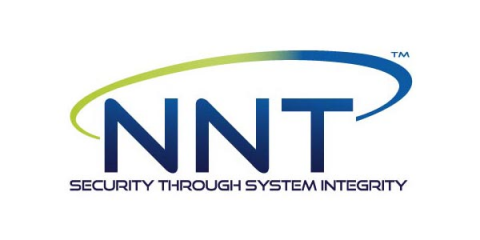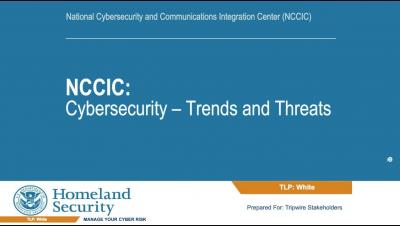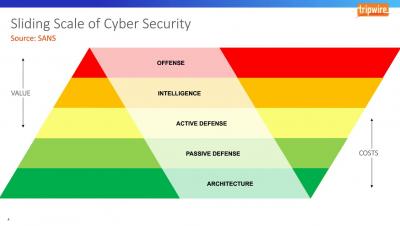Defending Against Zero-Day Attacks with AlienVault USM Anywhere
Recently, an AlienVault customer reached out to ask how AlienVault handles the detection of zero-day attacks, which are exploits against previously unknown vulnerabilities. In this blog, I shed light on how we approach this.









